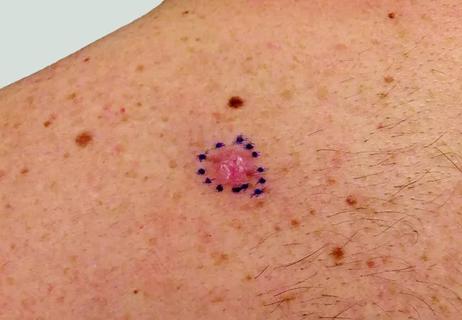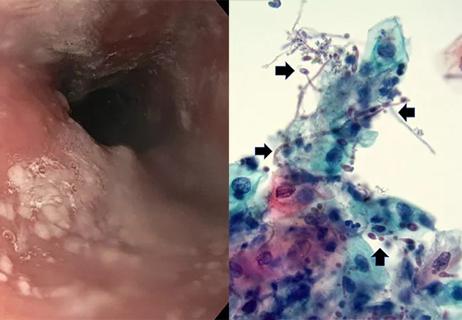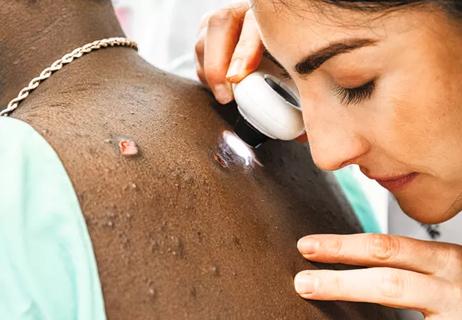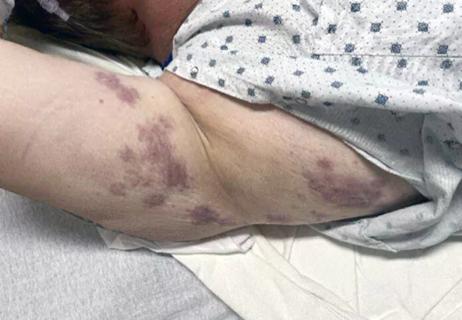Vaccination and prompt diagnosis more important than ever

In patients with autoimmune diseases, incident herpes zoster (shingles) is associated with a 50 percent increase in the risk of ischemic stroke over the subsequent month. So concludes a large Medicare database analysis presented Nov. 8 at the American College of Rheumatology annual meeting in San Francisco.
Cleveland Clinic is a non-profit academic medical center. Advertising on our site helps support our mission. We do not endorse non-Cleveland Clinic products or services. Policy
“Several recent studies have demonstrated a statistically and clinically significant risk of stroke in the first few weeks after development of herpes zoster in the general population,” said Leonard H. Calabrese, DO, who presented the analysis at a plenary session. “But little has been known about any association of stroke with zoster in patients with autoimmune disease.”
This population is of particular interest since patients with immune-mediated diseases are at elevated risk for both herpes zoster and stroke compared with the general population. “In general, we believe that patients in rheumatology practices have a 50 to 100 percent increased rate of zoster,” explained Dr. Calabrese, Director of the R.J. Fasenmyer Center for Clinical Immunology in Cleveland Clinic’s Department of Rheumatic and Immunologic Diseases.
Dr. Calabrese led a team of researchers from Cleveland Clinic and the University of Alabama at Birmingham that reviewed Medicare data from 2006 to 2012 to identify all patients with incident herpes zoster who also had one of the following autoimmune diseases:
Nearly 51,000 patients met the above criteria and were included in the analysis. The outcome of interest was hospitalization for ischemic stroke any time from the day after herpes zoster diagnosis onward.
After multivariable adjustment for multiple stroke-related factors, the researchers found the incidence rate ratio for stroke to be 1.50 (95% CI, 1.06 to 2.12) during the first 30 days after zoster diagnosis compared with the pooled stroke rate in post-diagnosis years 2 to 6.
“These data are important, as we now live in an era of increasing concern over herpes zoster,” commented Dr. Calabrese, noting that if an individual lives to age 80, his or her risk of developing zoster is nearly 50 percent. “And patients with immune-mediated diseases on certain biologics and immunomodulators are experiencing extremely high rates of zoster.”
He added that his group’s findings provide “a new urgency for vaccination against the varicella zoster virus, as prevention of stroke may be an additional ‘downstream benefit.’ Unfortunately, the zoster vaccine has had a low penetration in the general population as well as in patients with immune-mediated diseases, so effective measures are needed to improve it.”
Dr. Calabrese noted that additional findings from his group’s analysis suggest that prompt antiviral therapy may reduce the stroke rate following herpes zoster, which he said “makes prompt diagnosis and treatment of zoster more important than ever.”

Advancements lead to a new trial involving autoimmune disease

Treatment strategies require understanding of pathomechanisms

Education, prevention strategies and monitoring serves this at-risk group

Treatment for scleroderma can sometimes cause esophageal symptoms

Lupus Clinic providers collaborate to advance treatment and understanding

Symptoms complement one another

Collaboration was key to identifying source of nerve condition

A review of expanding options that hold new promise